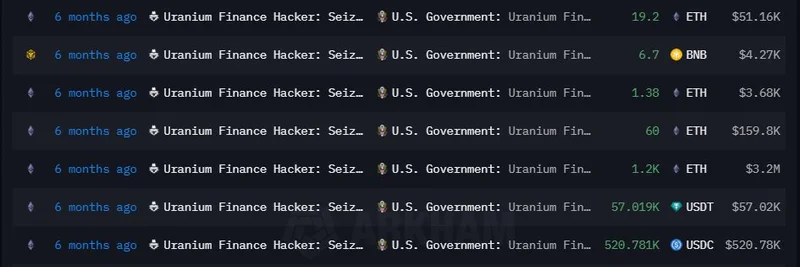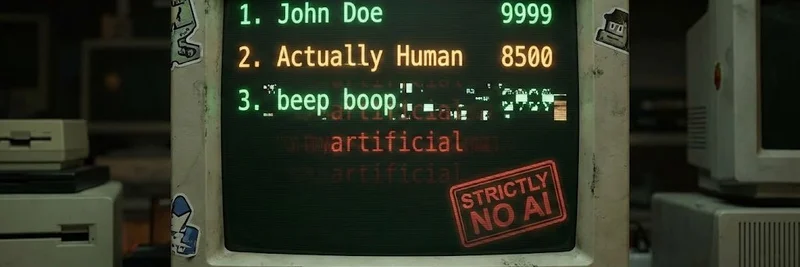Ever wondered what happens to stolen crypto after a major hack? Well, in the world of blockchain, nothing stays hidden forever. Recently, an on-chain sleuth spotted a intriguing transfer: 76.56 ETH, valued at around $332,000, moving from a Coinbase hot wallet straight into a US Government-controlled address. This isn't just any random transaction—it's connected to the infamous Uranium Finance hack from back in 2021.
Let's break it down step by step, keeping things simple for anyone dipping their toes into crypto.
What Happened in the Recent Transfer?
According to data shared by Onchain Lens on X (original post), the US Government's wallet labeled as "Uranium Finance Seizure" received the ETH haul from Coinbase. This move highlights how authorities are still actively managing and possibly liquidating assets recovered from past cybercrimes.
The transaction log shows this as part of a series of inflows and outflows involving seized assets. For context, ETH is Ethereum's native cryptocurrency, often used in decentralized finance (DeFi) applications.
Background on Uranium Finance and the 2021 Exploits
Uranium Finance was a decentralized exchange (DEX) and automated market maker (AMM) built on the Binance Smart Chain (BSC). Launched in early 2021, it aimed to provide yield farming and liquidity provision opportunities, similar to popular platforms like PancakeSwap. However, its short lifespan was marred by security issues.
In April 2021, hackers struck twice:
First Attack (April 8, 2021): Exploiters targeted Uranium's v1 platform pool, draining about $1.3 million in BNB (Binance Coin) and BUSD (Binance USD). This prompted the team to migrate to a v2 version, but it
- Uranium Finance, a DeFi platform on BSC, was hacked twice in April 2021, losing over $50M total.
wasn't enough (CoinTelegraph report).Second Attack (April 28, 2021): A more devastating blow came when a bug in the pair contracts was exploited, leading to the theft of over $50 million in various tokens. At the time, this made it one of the largest DeFi hacks on BSC (CoinDesk coverage).
These incidents underscored the risks in early DeFi projects, where smart contract vulnerabilities can lead to massive losses. Uranium Finance essentially shut down after the hacks, leaving investors reeling.
The US Government's Seizure in February 2025
Fast forward to February 2025, and US authorities made headlines by seizing approximately $31 million in cryptocurrency tied to these exploits. The operation involved the Southern District of New York (SDNY) and Homeland Security Investigations (HSI), who tracked down the funds using blockchain forensics (TRM Labs blog).
While details on how they recovered the assets remain sparse—likely involving tracing laundered funds through mixers or exchanges—this seizure represents a win for law enforcement in the crypto space. It's a reminder that blockchain's transparency can work against criminals, even years after the fact.
Why This Matters for Crypto Enthusiasts and Meme Token Traders
You might be thinking, "What's this got to do with meme tokens?" Well, the broader crypto ecosystem, including meme coins, thrives on trust in DeFi infrastructure. Hacks like Uranium's erode that trust, but recoveries show that justice can prevail. For meme token projects, which often launch quickly on similar chains, learning from these events is crucial to avoid repeating history.
Plus, with the US Government actively moving these assets (like this ETH transfer), it could signal ongoing efforts to return funds to victims or fund anti-cybercrime initiatives. Keep an eye on wallets like this one on Arkham Intelligence (explorer link) for more updates.
In the ever-evolving world of blockchain, stories like this blend tech, crime, and recovery. If you're building or investing in meme tokens or DeFi, staying informed on security best practices is key. What do you think—will we see more such recoveries in the future? Share your thoughts in the comments!



